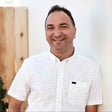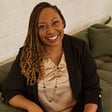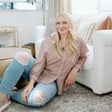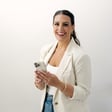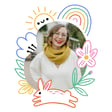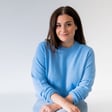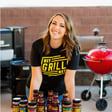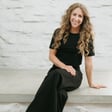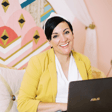
Episode 005: Jen Olmstead - How to Create an Authentic and Unique Brand
Jennifer is a Virginia-based graphic designer, visual storyteller, and type nerd. A lifelong fan of a good story - and shaping the words and letters that tell it - she specializes in creating uniquely-tailored brand experiences for creative entrepreneurs, and in building online spaces that people love to explore.
In 2013, Jen and fellow designer Jeffrey Shipley founded TONIC SITE SHOP and launched their first collection of cocktail-inspired, "completely customizable websites for the modern, stylish creative." (Yep, there's a Martini, a Mojito, and Moscow Mule... her mother is still pretty sure she owns a bar.)
Jen runs her business from her home outside Washington, D.C., where she lives with her handsome husband, their two little girls, a golden retriever, and a much-beloved espresso machine. She eats gluten so you don't have to, enjoys hosting and hospitality (with a cocktail in hand!), and her love language is witty banter.
For the show notes, go to https://daveyandkrista.com/btb-jen-olmstead-episode-5/
